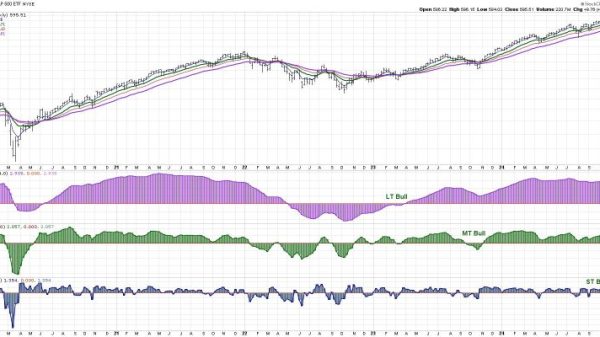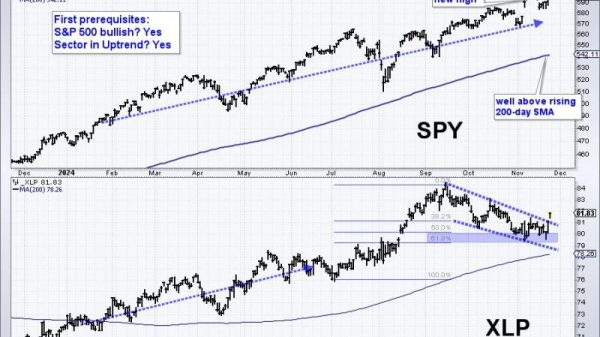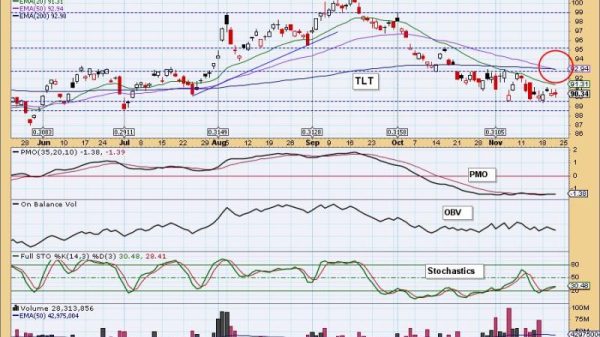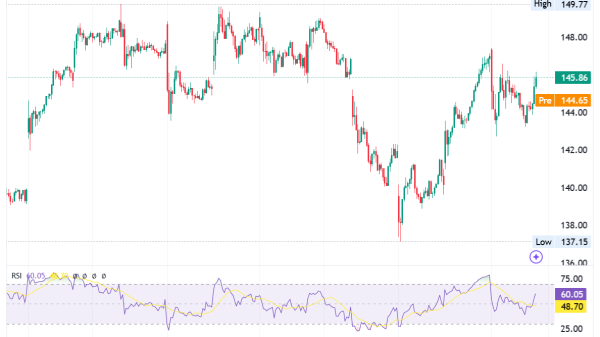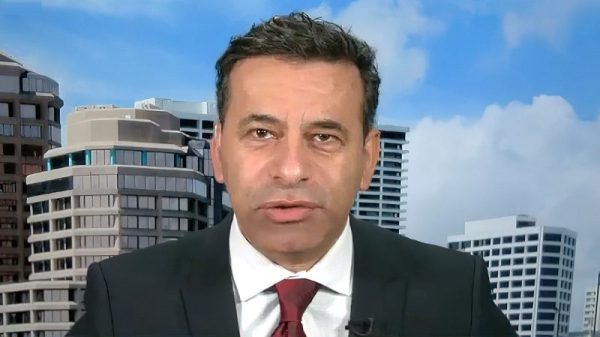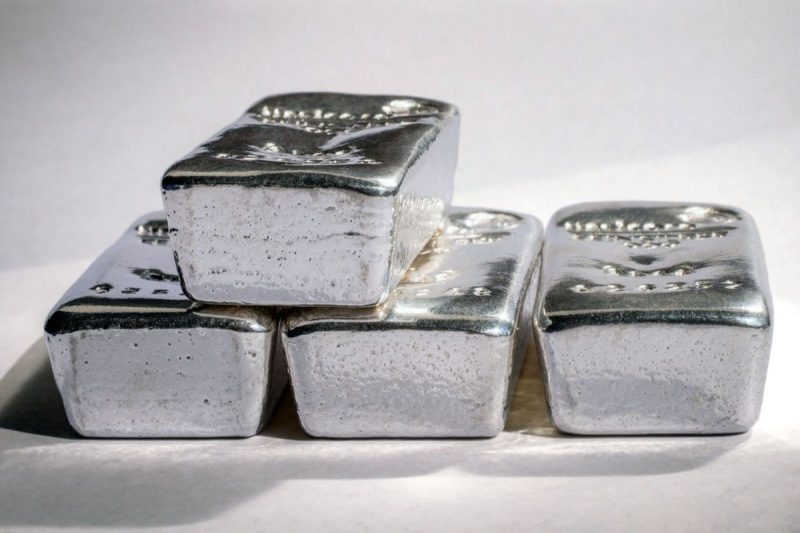Platinum-group metals (PGMs) include platinum, palladium, rhodium and other metals, all of which are prized for their durability, resistance to corrosion and excellent catalytic properties.
The automotive industry is the world’s largest consumer of these metals, which among other things are used in catalytic converters for vehicle exhaust systems. A rebound and continued growth in auto production is projected in the coming years, particularly in developing markets, and this should increase demand for PGMs, especially when it comes to platinum and palladium. On the supply side, the platinum market is expected to slide into a significant deficit in 2024 and beyond.
But where do platinum and palladium come from? The list of the world’s top palladium- and platinum-mining countries is a short one, and most PGMs come from South Africa and Russia.
Russia’s ongoing war in Ukraine and electricity shortages in South Africa are expected to seriously hamper the ability of these nations to bring PGMs to market. So what other countries are platinum and palladium producers, and which countries hold the most platinum and palladium reserves? Below is a list of the five top producers in 2023, as per the latest data from the US Geological Survey.
1. South Africa
Platinum production: 120,000 kilogramsPalladium production: 71,000 kilogramsPGM reserves: 63 million kilograms
South Africa is top of the list of the world’s top platinum producers, with production of 120,000 kilograms in 2023. The country is also a major producer of palladium, taking second place globally with 71,000 kilograms last year. South Africa also holds the largest-known reserves of PGMs globally at 63 million kilograms.
According to the US Geological Survey, 2023 production of PGMs in South Africa ‘decreased compared with that in 2022 owing to disruptions to the supply of electricity and multiple issues related to rail transport. Declining prices also contributed to decreased production.’
The Bushveld complex is the largest PGMs resource in the world, and represents a large majority of annual global production of platinum and palladium. Impala Platinum Holdings (OTCQX:IMPUY,JSE:IMP), commonly called Implats, is a significant producer in the complex, which hosts the company’s Impala Rustenburg mine, Marula mine, Bafokeng and Two Rivers joint venture.
2. Russia
Platinum production: 23,000 kilogramsPalladium production: 92,000 kilogramsPGM reserves: 5.5 million kilograms
Despite being the world’s second biggest platinum-mining country, Russia’s annual production trails behind South Africa’s by a large margin, coming in at 23,000 kilograms for 2023. That said, Russia was the top palladium producer, putting out 92,000 kilograms last year — 21,000 kilograms higher than South Africa’s output.
Russia-focused Norilsk Nickel (MCX:GMKN) is the world’s largest palladium producer, and it plans to invest US$35 billion in infrastructure upgrades between 2021 and 2030, which will ultimately result in higher metals output.
There have been questions about how Russia’s war in Ukraine could impact the Russian mining sector. The USGS reports that for 2023, ‘Production in Russia, the world’s leading producer of palladium, increased owing to higher metal grades and ore recovery as well as increased processing of inventory.’ In October 2024, as the war continued, the US suggested that Group of Seven countries sanction Russia’s palladium production, leading prices to jump significantly on supply concerns.
3. Zimbabwe
Platinum production: 19,000 kilogramsPalladium production: 15,000 kilogramsPGM reserves: 1.2 million kilograms
Zimbabwe is a major producer of both platinum and palladium, producing 19,000 and 15,000 kilograms of the precious metals respectively in 2023. Zimplats (ASX:ZIM,OTC Pink:ZMPLF) is the biggest platinum miner in the country, and it is 87 percent owned by Implats.
In October 2022, Zimbabwe introduced a policy that allows it to stockpile physical metals, including PGMs. A change to the country’s existing cash royalties on miners, the rules require mining companies to pay royalties based on their production in a combination of cash and refined physical metals.
The policy currently applies to PGMs, gold, diamonds and lithium. However, it is dynamic, with the option to add or subtract affected metals and change royalty percentages based on factors such as geological scarcity and demand trends. For example, Zimbabwe doubled its royalties for platinum miners to 5 percent this past January, and intends to up the royalties for lithium as well.
4. Canada
Platinum production: 5,500 kilogramsPalladium production: 16,000 kilogramsPGM reserves: 310,000 kilograms
Canada’s strong palladium production of 16,000 kilograms was the third highest globally in 2023. Canada’s platinum production is also significant, with 5,500 kilograms. The North American country’s palladium and platinum production were nearly both on par with the previous year.
The country only holds 310,000 kilograms of known PGMs reserves — the lowest total reserves on this list — but companies continue to explore for PGMs in Canada in search of more deposits.
Canadian PGMs production takes place mainly in the province of Ontario, but PGMs output also comes out of Québec and Manitoba. The country has one primary PGMs-producing mine, the Lac des Iles mine in Western Ontario, which is owned by Implats Canada. The remainder of the country’s production is as a by-product of Canada’s primary nickel mines.
5. United States
Platinum production: 2,900 kilogramsPalladium production: 9,800 kilogramsPGM reserves: 820,000 kilograms
The United States produced 9,800 kilograms of palladium in 2023 alongside 2,900 kilograms of platinum.
Sibanye Stillwater’s (NYSE:SBGL) Stillwater Complex in Montana is the only primary producer of PGMs in the US. The company also maintains a smelter, refinery and laboratory in Montana and recovers PGMs from spent catalyst material.
Low palladium prices have forced Sibanye Stillwater to curtail production and layoff about 700 employees at the Stillwater Complex in 2024. The company has pointed to Russia flooding the palladium market to depress prices. In response, Montana’s two US senators introduced a bill calling for a ban on imports of Russian palladium.
FAQs for investing in palladium and platinum
What is platinum?
Platinum is the namesake of the PGMs category and is also a precious metal. Signified by the symbol Pt and atomic number 78 on the periodic table, platinum has a silverish-white hue.
What is platinum used for?
Platinum plays a large role in the auto industry for its ability to reduce emissions. Additionally, platinum is in high demand for jewelry and as an investment metal.
Platinum is also benefiting from growing demand from the hydrogen fuel cell sector. The metal is a key catalyst in the process that converts hydrogen into electricity.
What is palladium metal?
Palladium fits into the precious metals category and is a PGM. It is represented by the symbol Pd and atomic number 46 on the periodic table of elements. Palladium has a silvery-white color and is prized for its rarity.
What is palladium used for?
The automotive sector is the primary end user of palladium. The metal is a key component in the catalytic convertors of internal combustion engine vehicles, where it is used to reduce emissions.
Like platinum, palladium is used in jewelry and valued as an investment. It has other smaller-scale uses, and is consumed in various ways by the medical and dental fields, among others.
What is the best way to invest in palladium?
While there is no single best way to investing in palladium, those interested in gaining exposure to this market have a variety of options. Investors who prefer more tangible assets can add physical palladium to their portfolios, including palladium bullion and coins. Palladium exchange-traded funds such as the Sprott Physical Platinum and Palladium Trust (ARCA:SPPP) and the Aberdeen Standard Physical Palladium Shares (ARCA:PALL) offer another route. Palladium-focused stocks are yet another option, with pure-play palladium miners including Sibanye-Stillwater and Impala Platinum Holdings.
Why are metals like gold, platinum and palladium so expensive?
Precious metal gold has long been valued as a form of currency and a store of wealth, all of which have built up its high intrinsic value. Platinum and palladium are 30 times rarer than gold, much harder to mine and are in high demand due to their important industrial uses.
Securities Disclosure: I, Melissa Pistilli, hold no direct investment interest in any company mentioned in this article.






